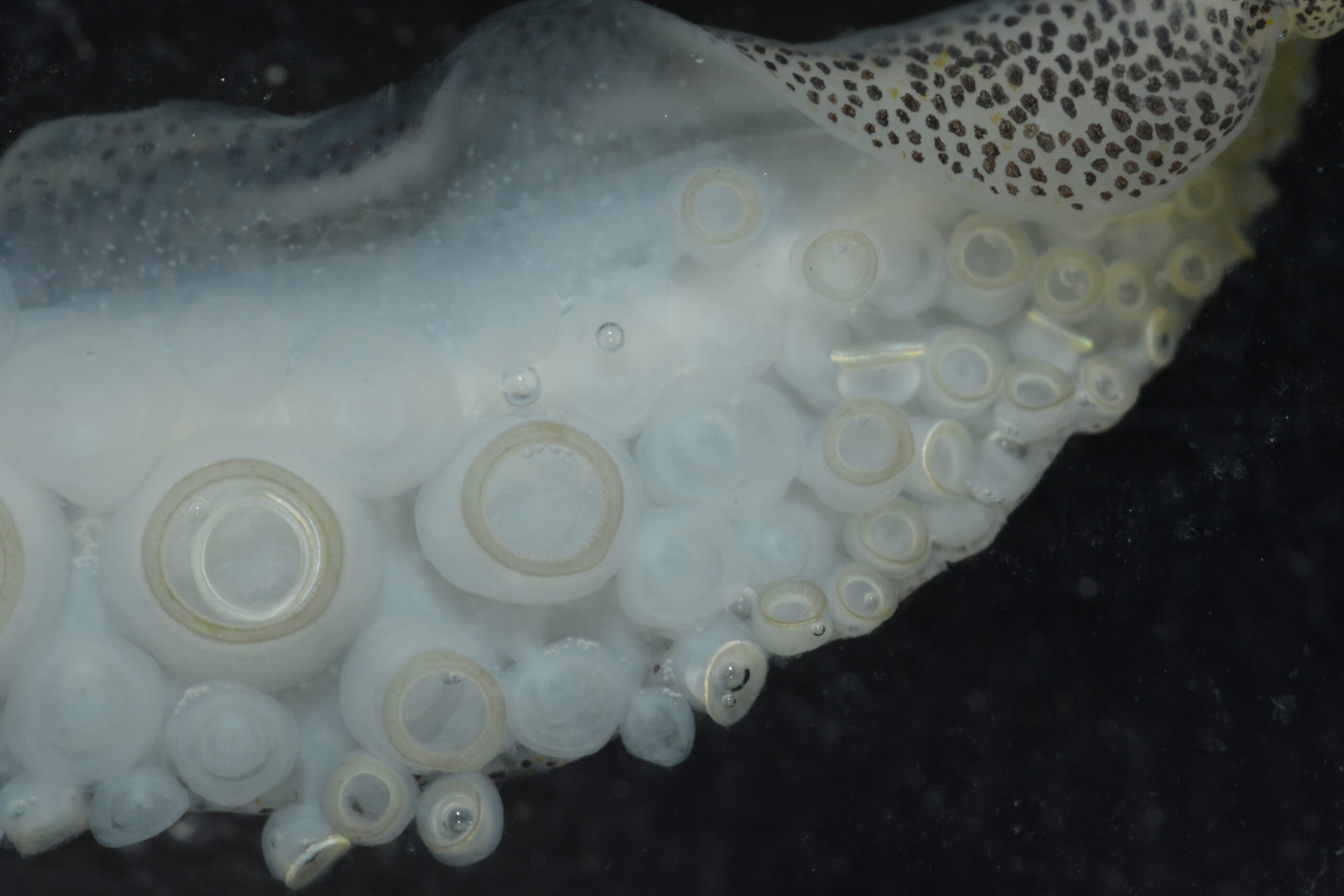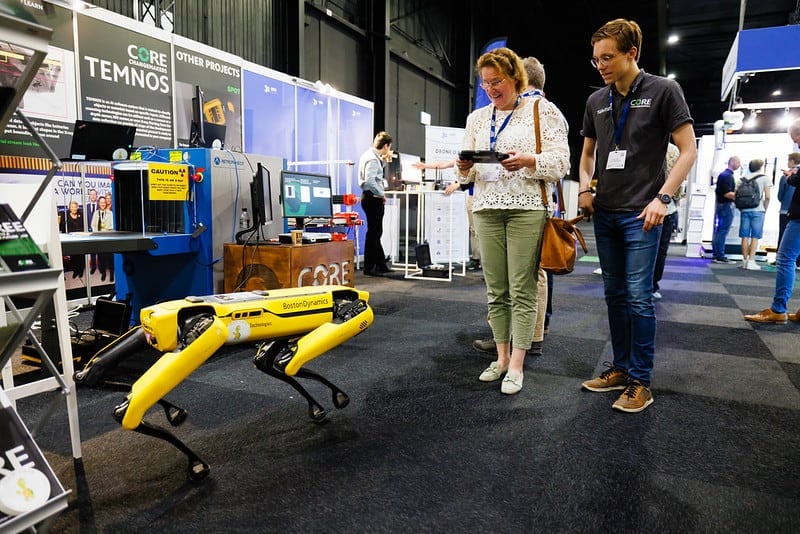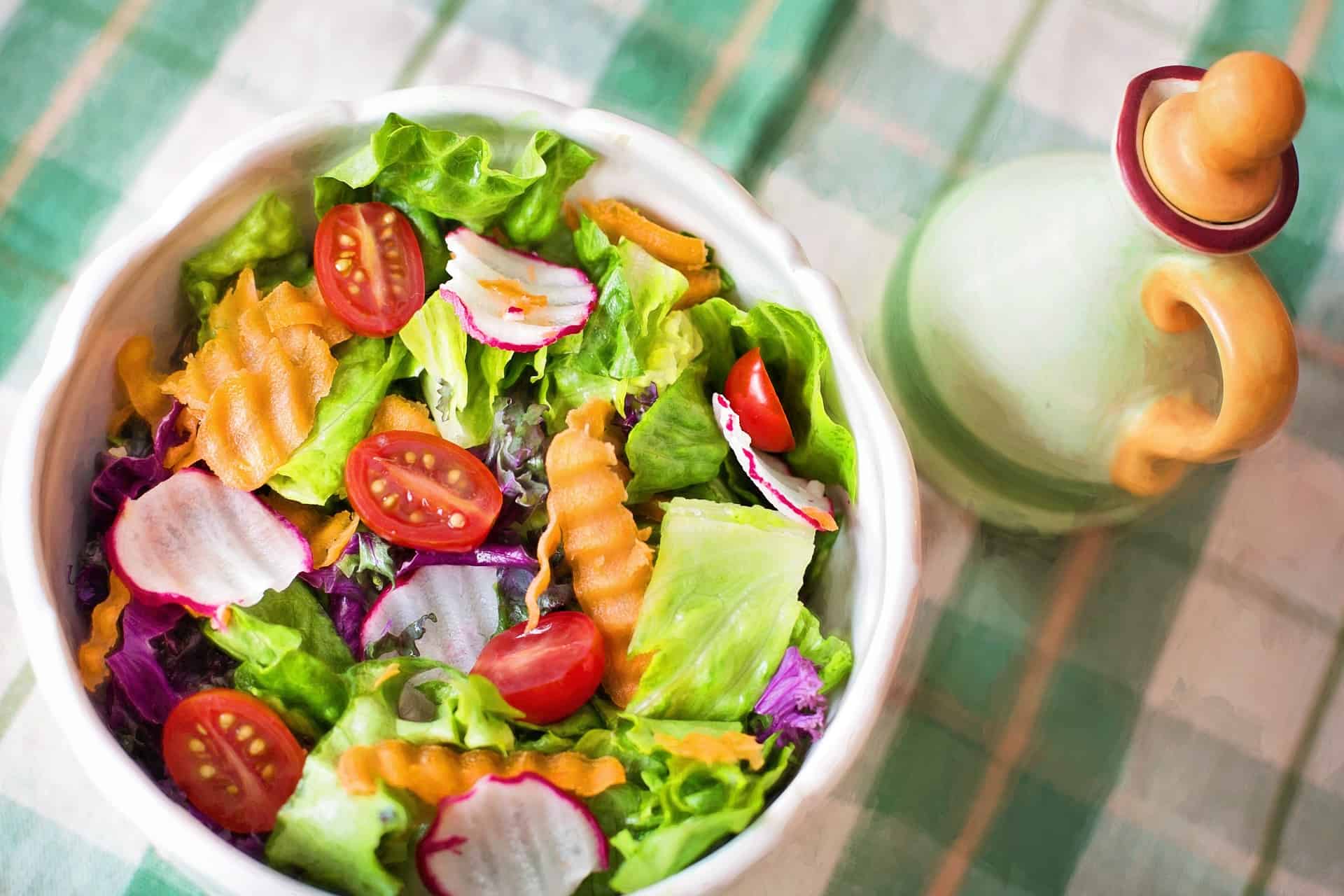
The cuttlefish, a sea creature that also lives just off the Dutch coast, may help enable robots to pick up fragile objects very carefully in the future. For example, organs or tissue during an operation carried out by a robot. Or to pick soft, delicate fruit such as berries and strawberries.
It is the task that Guillermo Amador from Wageningen University & Research (WUR) will be working on over the coming years: to find out to what extent the dexterous arms of the cuttlefish can serve as an example for soft robotics. Amador received one of the seven Vidi grants that the Dutch Research Council (NWO) awarded to WUR. With this financial support, the researcher (assistant professor) of Experimental Zoology is able to assign three researchers to his project.
How does someone come up with this little-known sea creature as the subject of study? “It comes from the collaboration between the four technical universities in the Netherlands in the field of soft robotics,” the scientist explains. “In this, the focus is on non-traditional, non-hazardous robotic techniques for agricultural and medical applications. In that case, we are talking about delicate objects. Ordinary robots have the drawback that their grippers are too hard and sharp for soft objects or surfaces.”
Concrete application for soft robotics
What specifically do you have to think about? “Consider equipment that enables you to gently grasp organs and tissues,” Amador goes on to explain. “That can come in very handy in surgery. Grabbing soft fruit is particularly challenging. Take strawberries and berries, for example, which quickly fall apart when picked.”
It was through his link with the research group in Wageningen that Amador stumbled upon the cuttlefish as an interesting topic for study. “We were looking for animals to learn from. The cuttlefish is related to the squid. Although it is somewhat smaller in size. And, like squid, the cuttlefish lacks a skeleton and is mostly made up of soft tissue. This makes it a very suitable model for application in soft robotics. It is especially interesting when you realize that not that much study has been done on it, compared to, let’s say, the octopus.”
The cuttlefish is a beautiful, multi-colored sea creature. It can see very well and is intelligent and, depending on the circumstances, is able to change its color. Amador consequently refers to it as being similar to a stroboscope. For a mechanical engineer, the most interesting thing about the animal is its two special ‘capture’ arms, in addition to its eight ordinary arms.
Sucker cups
These capture arms can move at lightning speed. In a split second they make their move to, for example, catch a shrimp. You can compare it to the well-known tongue of a chameleon, which can catch a fly in a blink of an eye.
The ultra-fast catching arm can grasp an animal of prey very gently. To do this, the cuttlefish uses suction cups that sit on the clump at the end of each catching arm.

Originally, Amador is a mechanical engineer with an interest in biology. Working with animals as a way to develop delicate robotic techniques is subsequently the obvious progression. “How animals move, interact with their environment, can grasp something. By studying nature, we think we will be able to adopt suitable techniques for soft robotics.”
Dutch coast
The research project will work with two common species of the mollusc. One is found off the Dutch and Belgian coasts and the Oosterschelde. The other is the tropical variety.
Amador: “Lobster fishermen can quite easily collect the eggs of the cuttlefish. We then let these hatch in our aquariums. Keeping a cuttlefish in captivity is not easy. But the WUR does have good facilities for it.”
Three candidate PhD students will each work on one aspect of the project. The first will focus on observing the animals, how they hunt and try to manipulate their environment. This is done using high-speed cameras to get a good picture of how the mollusc behaves.
Prototype
“You need those to be able to map out their rapid movements. To be more precise, their speed and the rate of acceleration. These cameras can capture hundreds to thousands of frames per second. So then we are talking about those two swift tentacles they use to catch prey. How does it use its tentacles and sucker cups, how powerful are they”
The second PhD student is researching the tissues in the tentacles and sucker cups so that they can mimic them. “How do they use their muscles or how do their tissues and collagen which provides structure, firmness and elasticity to the skin actually work?”
The third PhD srudent is developing a three-dimensional digital model. This is a computer model to simulate the movements of its arms and sucker cups. Both a digital twin and a physical model will be made of the catching arm. For the latter, sucker cups are recreated using a 3D printer or by casting the shapes in soft plastic. A next step is their application in soft robotics. In Amador’s case, to develop soft grippers for medical applications as well as fruit-friendly gloves for picking robots.
“The project is going to take five years,” Amador continues. ” Another five years after that, a prototype should have been developed.”







